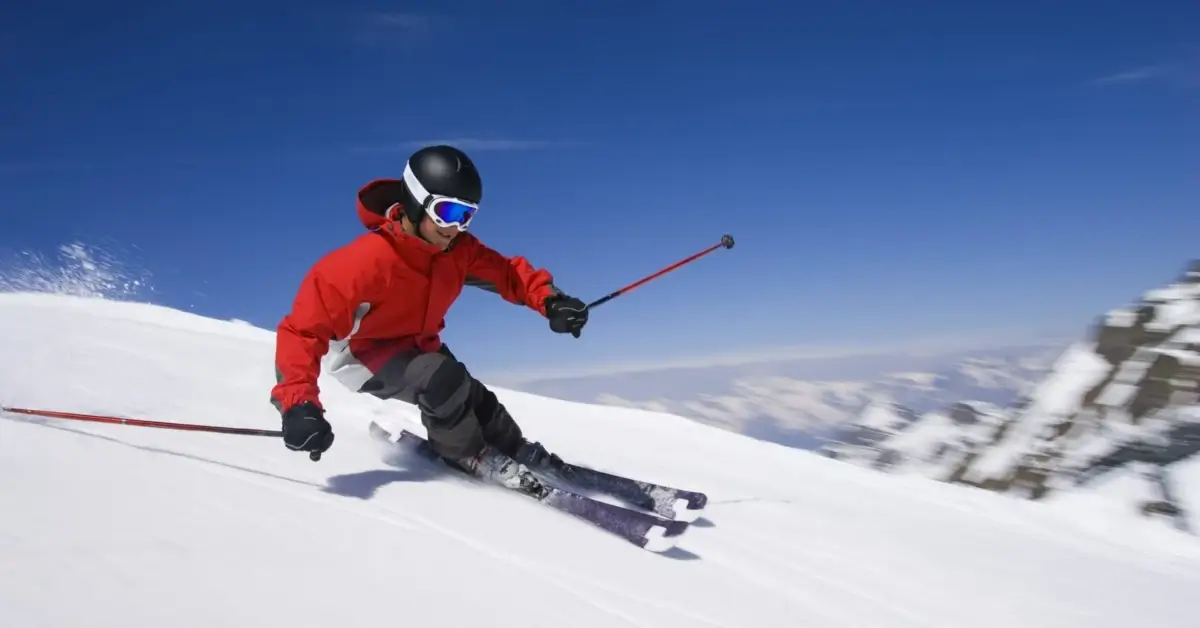In January, 23-year-old Austrian ski jumper Lukas Mueller crashed during a test run before the World Championships in Vienna, leaving him partially paralyzed. Although he underwent surgery on his lower spine hours after crashing, and he has improved movement in his legs, his was a very serious spine injury with what was officially called, “unforeseeable consequences.”
This dramatic example may not apply to the average winter sports enthusiast, but one need not be ski jumping or training for a world championship competition to incur a back or spine injury. In fact, beginners taking it easy can be at risk, without doing anything especially dramatic or risky.
While broken bones are one of the most common injures that occur in any sport, other injuries involve strains, sprains, pulled muscles and torn ligaments. These can occur in various parts of the body, including the back.
Skiing and snowboarding are often associated with knee and ankle injuries, but together with other winter sports, they pose a risk of back injuries as well. These sports are physically demanding, and if muscles are not conditioned, the lower back in particular can become strained.
Factors such as rough terrain and lack of practiced skills can lead to falls. Falls can also cause back injury by jarring or unnatural twisting of the spine. This puts stress on the soft tissues that support the back.
You can’t prevent every injury, but you can minimize your risk. The following is a list of tips to help you have fun safely and lessen the risk of injury while enjoying winter sports, such as skiing, skating, hockey and sledding…
Prepare with Conditioning
Improved conditioning and cardiovascular shape enhances endurance and takes some of the stress off your spine. Strengthen your core: your spine, abdominals, gluteals and upper leg muscles. A strong and balanced core supports optimal body mechanics, balance and stability.
Invest in Lessons
Especially when taking up a new sport or challenge, professional training can be valuable. Even if you invest in only a few lessons, you can find coaching for a nominal fee. Proper training will allow you to practice better technique, and better identify appropriate equipment and protective gear.
Use Good Equipment
Make sure your equipment, such as ski or snowboard bindings, is high quality and in good repair. To be sure, you can consult a specialty sports shop, or an instructor or other expert.
Warm Up and Cool Down
A proper warm up acclimates you to your environment and helps you to evaluate weather that may put you at higher risk of injury. It also prepares your muscles for the upcoming activity. A cool down helps lower your heart rate. Post-exercise stretching is best performed after the muscles are warmed up from use.
Keep Your Head Up and Pay Attention
Popular winter sports, such as downhill skiing, snowboarding, snowmobiling, ice hockey and speed skating involve high speeds, obstacles and a high risk of injury. Most severe spine-related injuries in high-speed sports occur during falls or collisions affecting the head, neck and back. Other sports that pose moderately high risk include ice skating, particularly with jumps or in a busy rink.
If you do fall during winter sports, try to do it as harmlessly as possible. Think of landing on your side or buttocks. When you fall, try to roll naturally, turning your head in the direction of the fall.
If you experience soreness or mild pain, you can use ice and/or heat and over-the-counter medication for a limited time. However, if you sustain a fall, a high velocity injury or experience severe pain or motor-sensory deficits, you should be evaluated by a spine physician. If you find yourself injured or suffering from back pain, experience our individualized, state-of-the-art care. Contact The Center for Musculoskeletal Disorders today to schedule an appointment.

